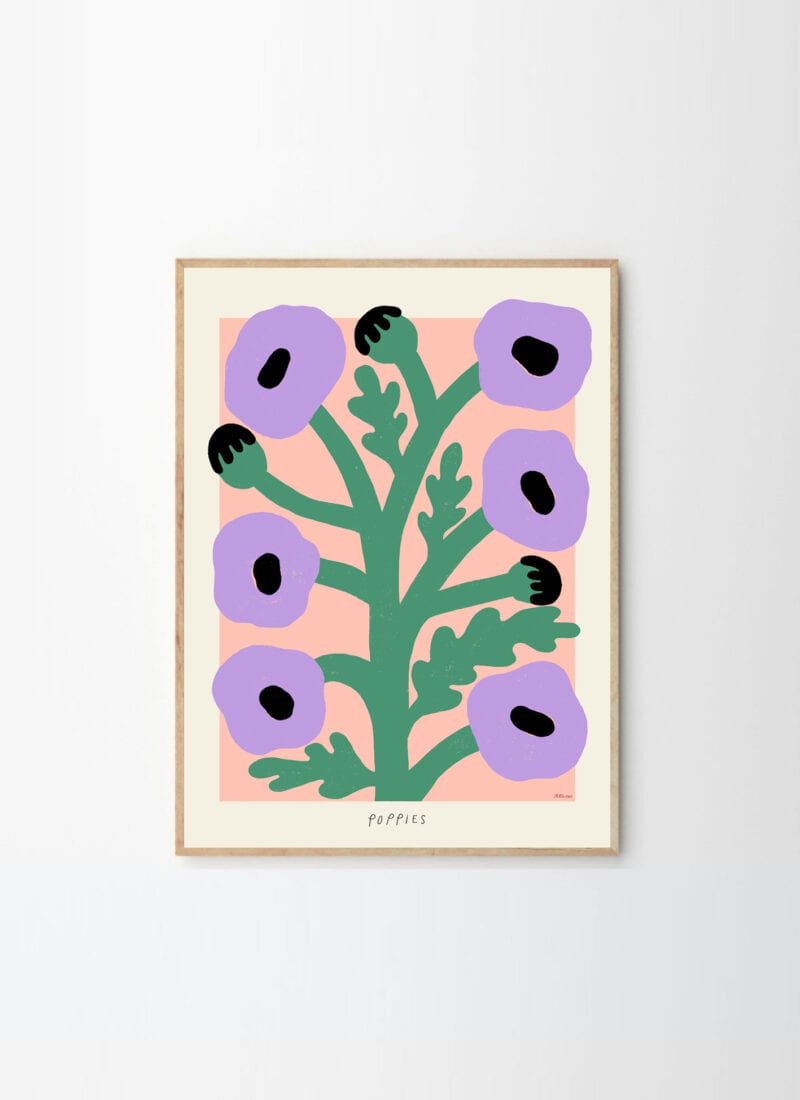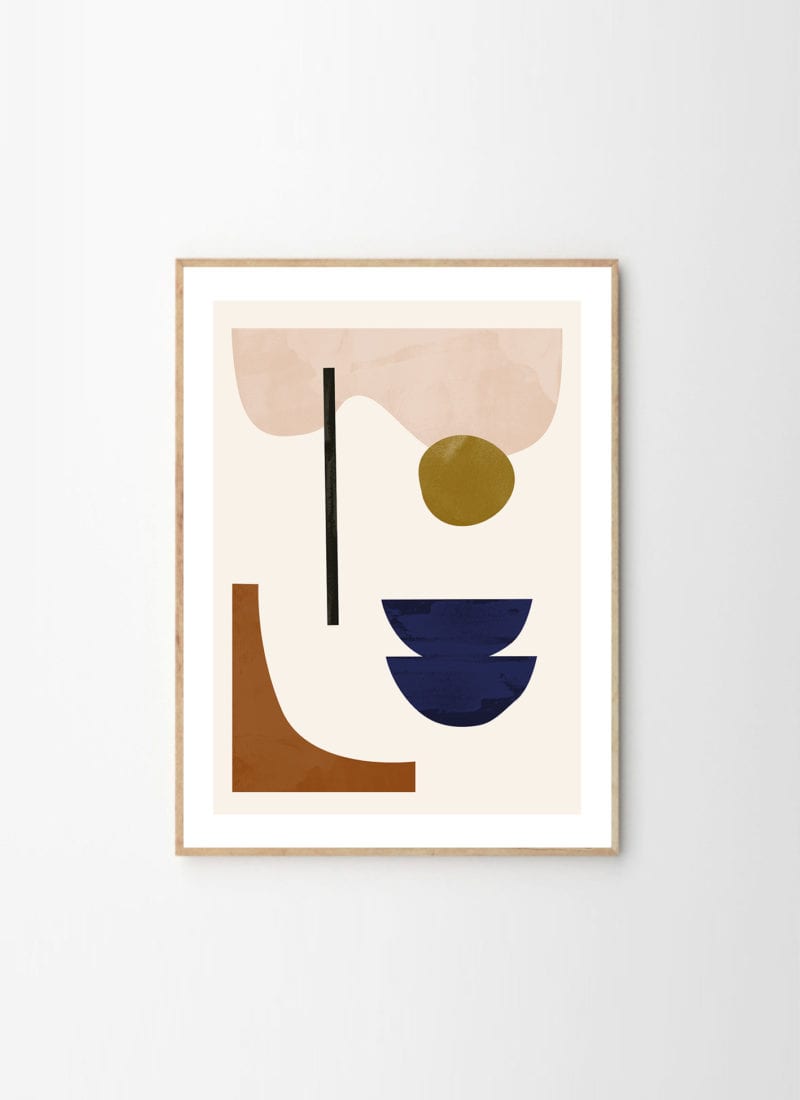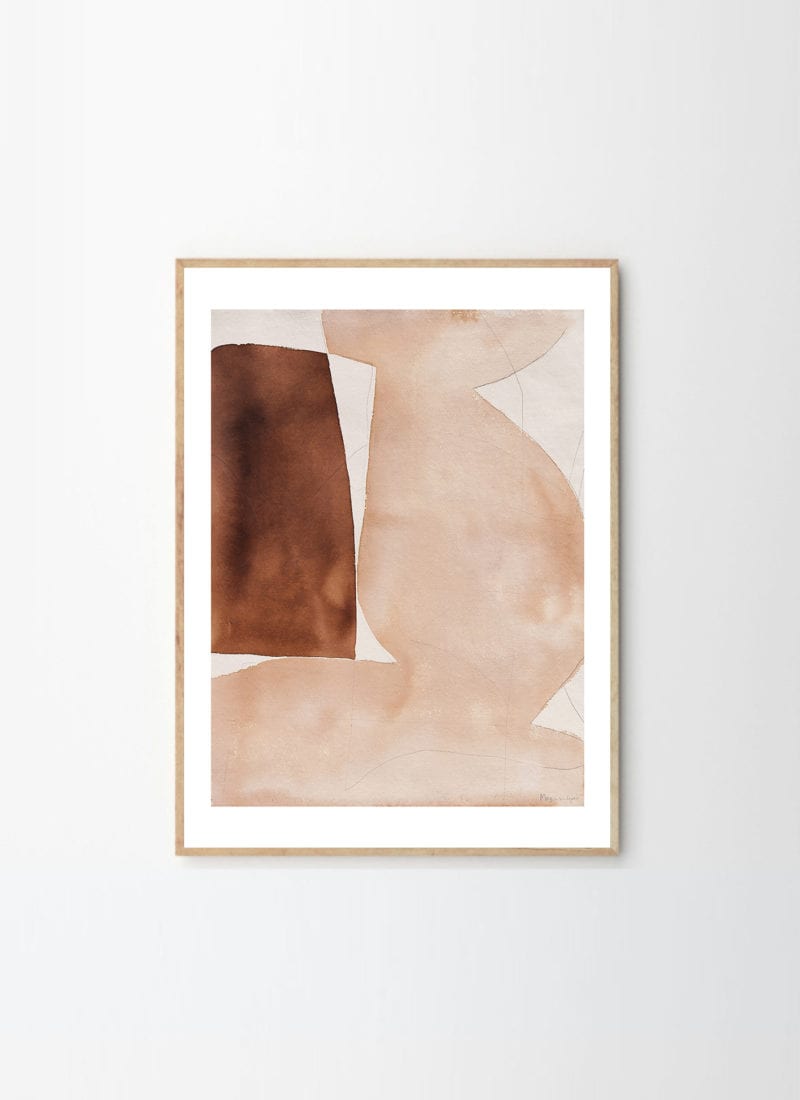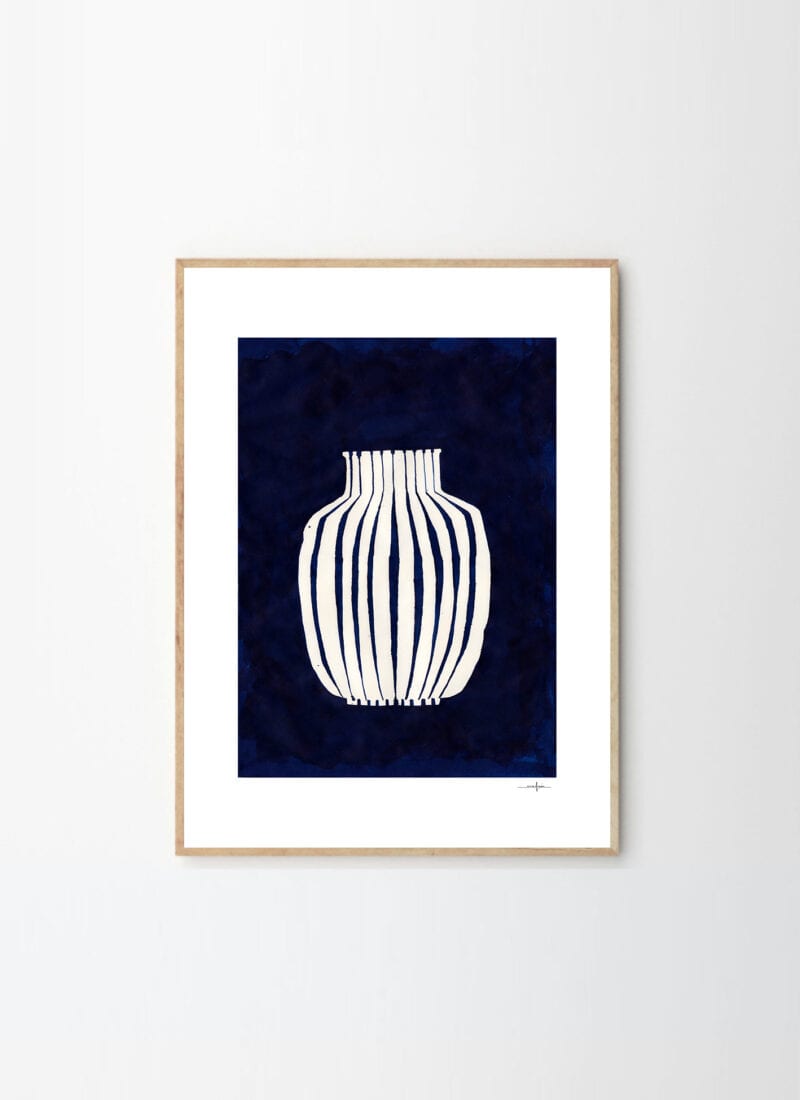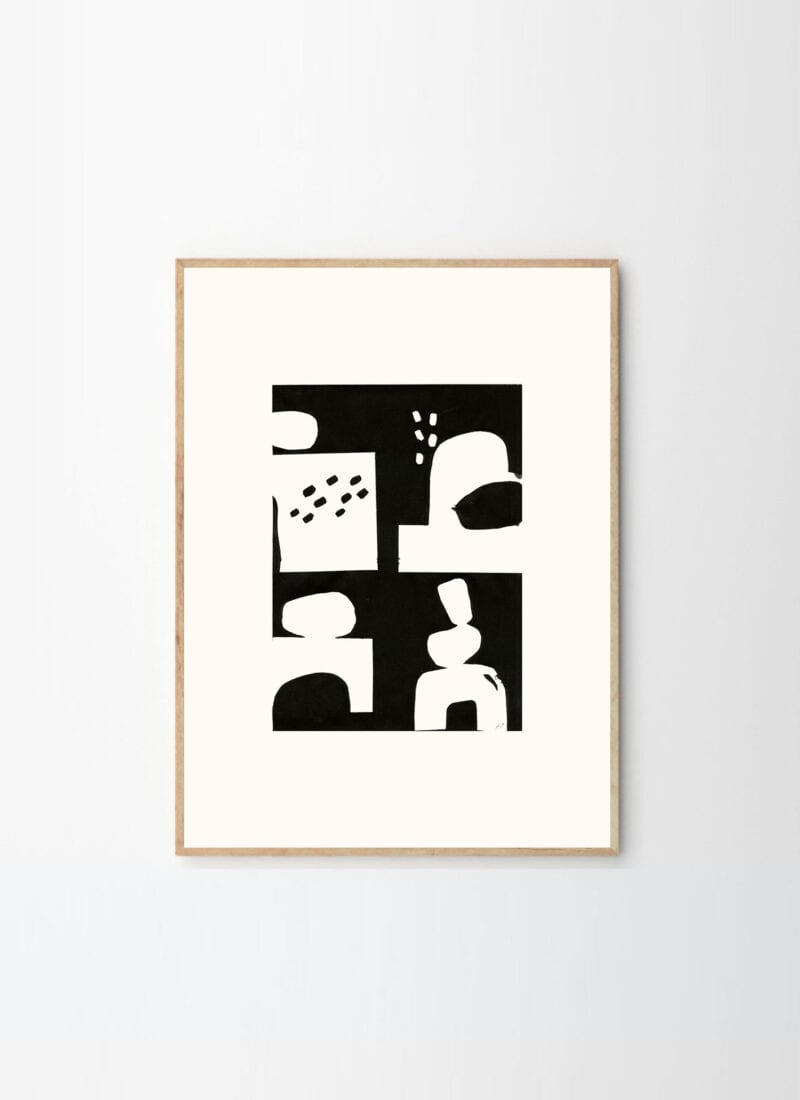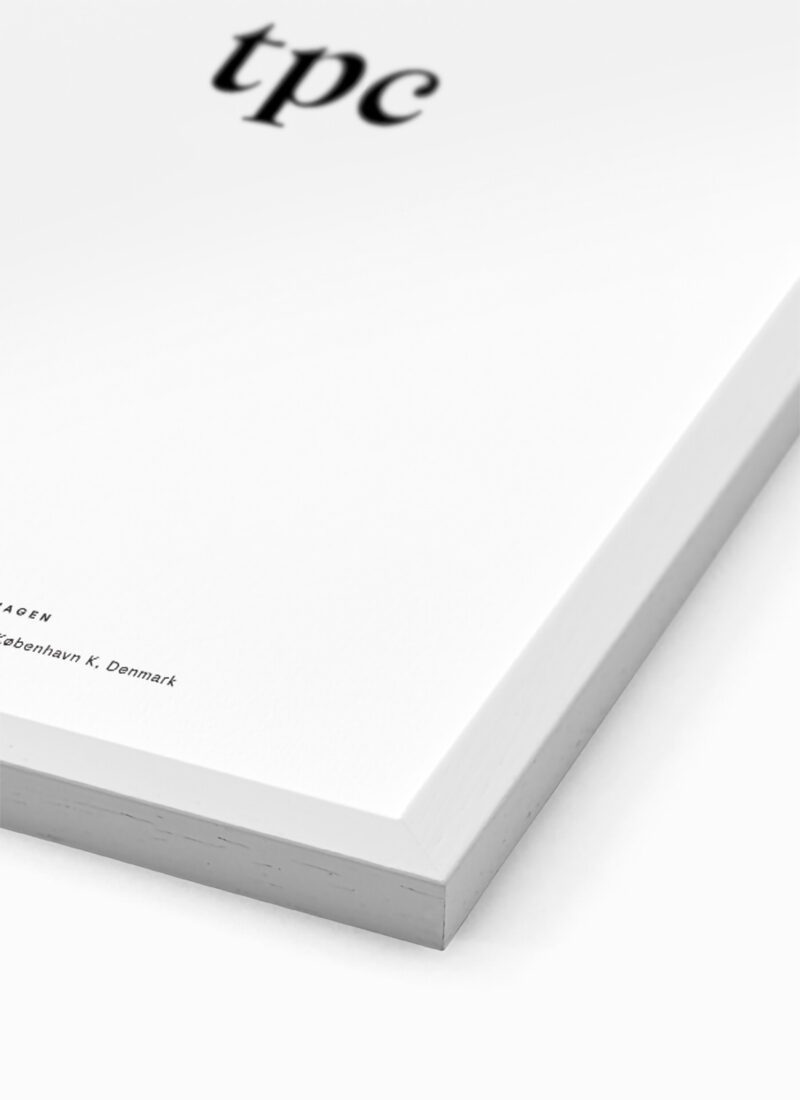How To Frame Your Art

The Art Of Framing
Interior Notes
You have carefully selected and invested both time and money into the art that you want in your home. Whether it was love at first sight or if you have spent hours researching colour palettes and the history of the artists: Your art deserves a proper display.
Take your time to consider what you want. A great place to start is to read through our guide on how to choose a frame and where to hang your art pieces. Framing your art is not only a question of showcasing your pieces — it is also a matter of preserving your art.

Frame Of Choice
Purchasing a piece of art is understandably viewed as the most exhilarating step in the process of filling your home with art. And it is. However, the choice of framing your newly bought piece can end up becoming an afterthought, but to frame your art is just as important as the actual purchasing of the art.
The frame not only enables you to display your art collection – it also helps to protect it.
The first thing to do when choosing a frame is to consider how it works with the art print. Preferably the frame should not take away the attention of or compete with the piece, rather it should enhance the colours and motif.
A slim oak frame is an easy option that will never date: It may feel like a safe choice but it will be a choice made for longevity. And should you tire of your raw wooden frame you can always update it – and thereby your art piece – with a lick of paint.

You can also play around with mixing and matching different materials and finishes on your frames to create movement and depth. It can be a subtle mix like pairing raw oak frames with a couple of dark stained oak frames. Or adding a single frame in aluminium or matching a couple of vintage frames with the more modern oak frames.
Regardless of your style of frame, do consider choosing frames of a higher quality. In general framing with glass is more durable, but for frames that are larger than 50 x 70 cm, acrylic might just be a better choice as it is more lightweight.
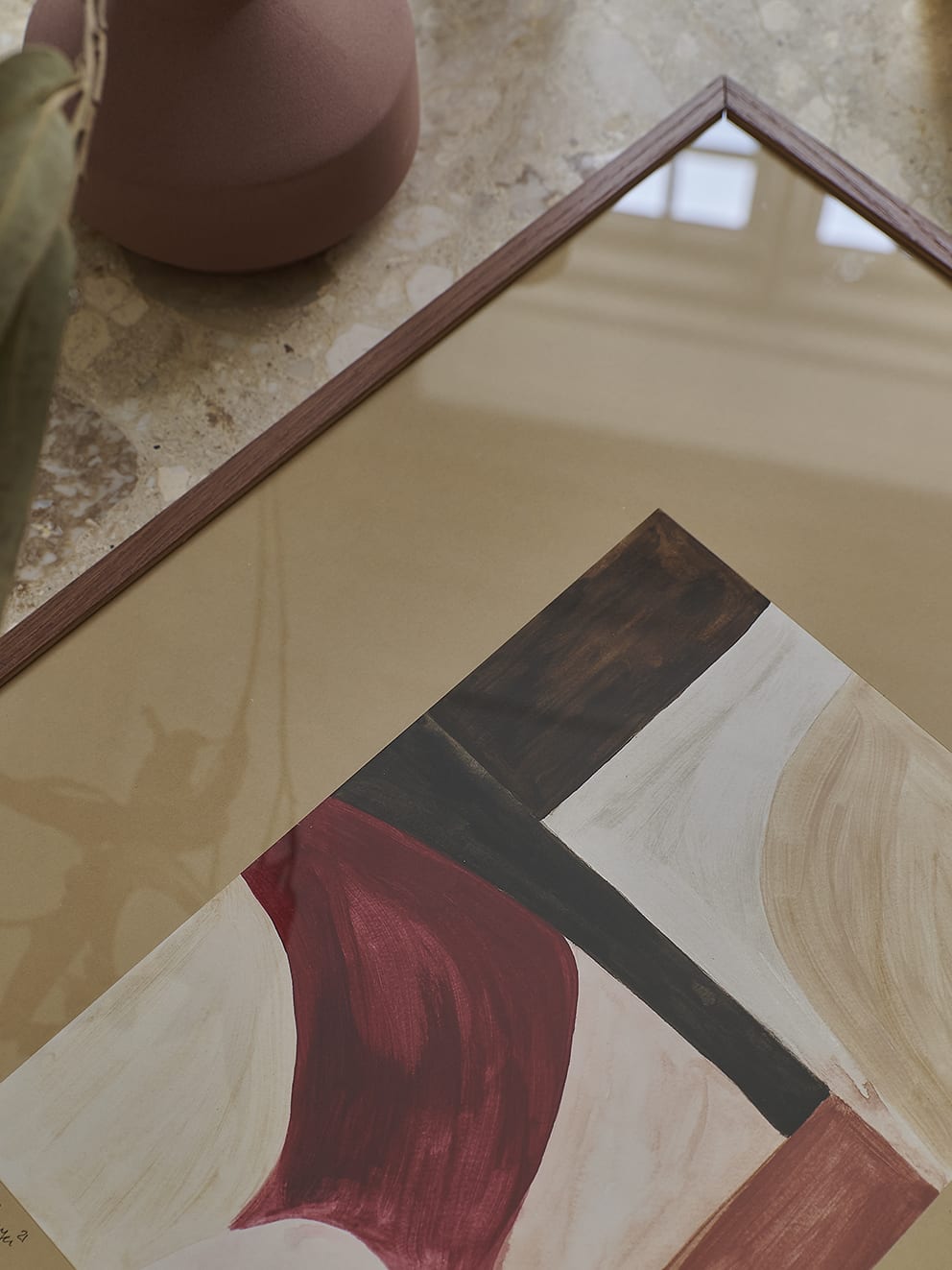
STYLING TIP If you want a more dramatic feel have a look at vintage shops, where you will find plenty of baroque frames. They will often be golden, but can easily be transformed with a layer of black or white paint to fit into a Scandinavian style.
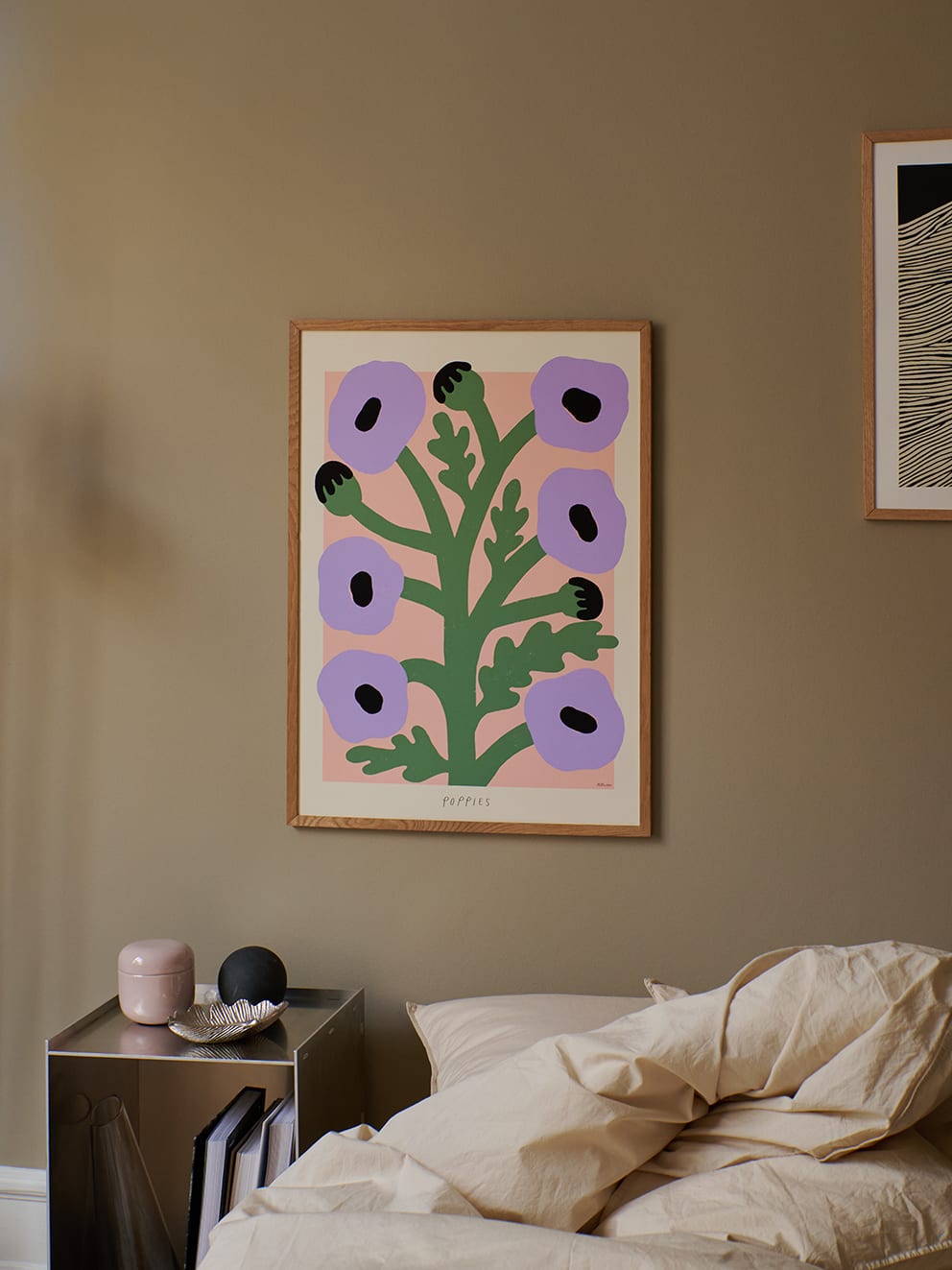
A Matter Of Trust
Even as the art piece has been mounted and framed to perfection – the question of where to hang it still remains. For renters and homeowners alike, the thought of hammering a nail into the wall, only to realise it is not the right place, can be quite daunting. However, taking too long to think about the placement of your art – especially if you have a growing collection – can leave you with nothing on the walls for years.
To help the process along, we offer to frame your art prints when you buy a matching frame. This means that you will receive your art print framed and ready to be hung in your home.

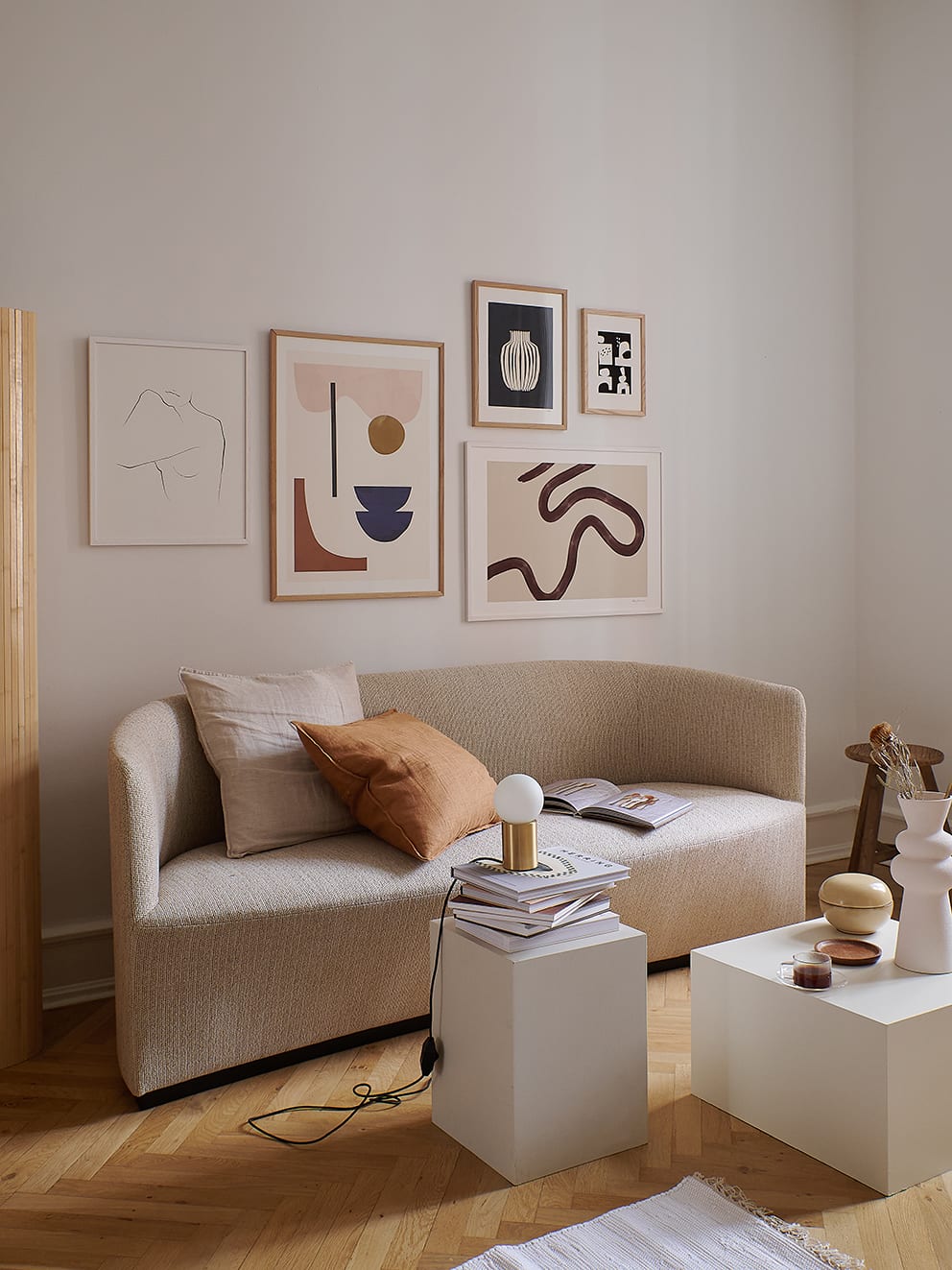
As a rule of thumb, it is a museum standard to hang artworks in human eyesight: Which is approximately 1,5 meters from the floor. But we want to encourage you to push the boundaries of the placement of your art. Hang bigger pieces on small walls or place a smaller piece of art slightly off-centre of a piece of furniture to attract attention.
In short, trust your instinct and try not to fret about long term placements. Playing around with your collection, arranging and rearranging it over the years is part of the joy of having an art collection in the first place.
If you are looking for inspiration and tips on how to create an art wall, we have created a simple step-by-step guide that makes creating an art wall easy and enjoyable.
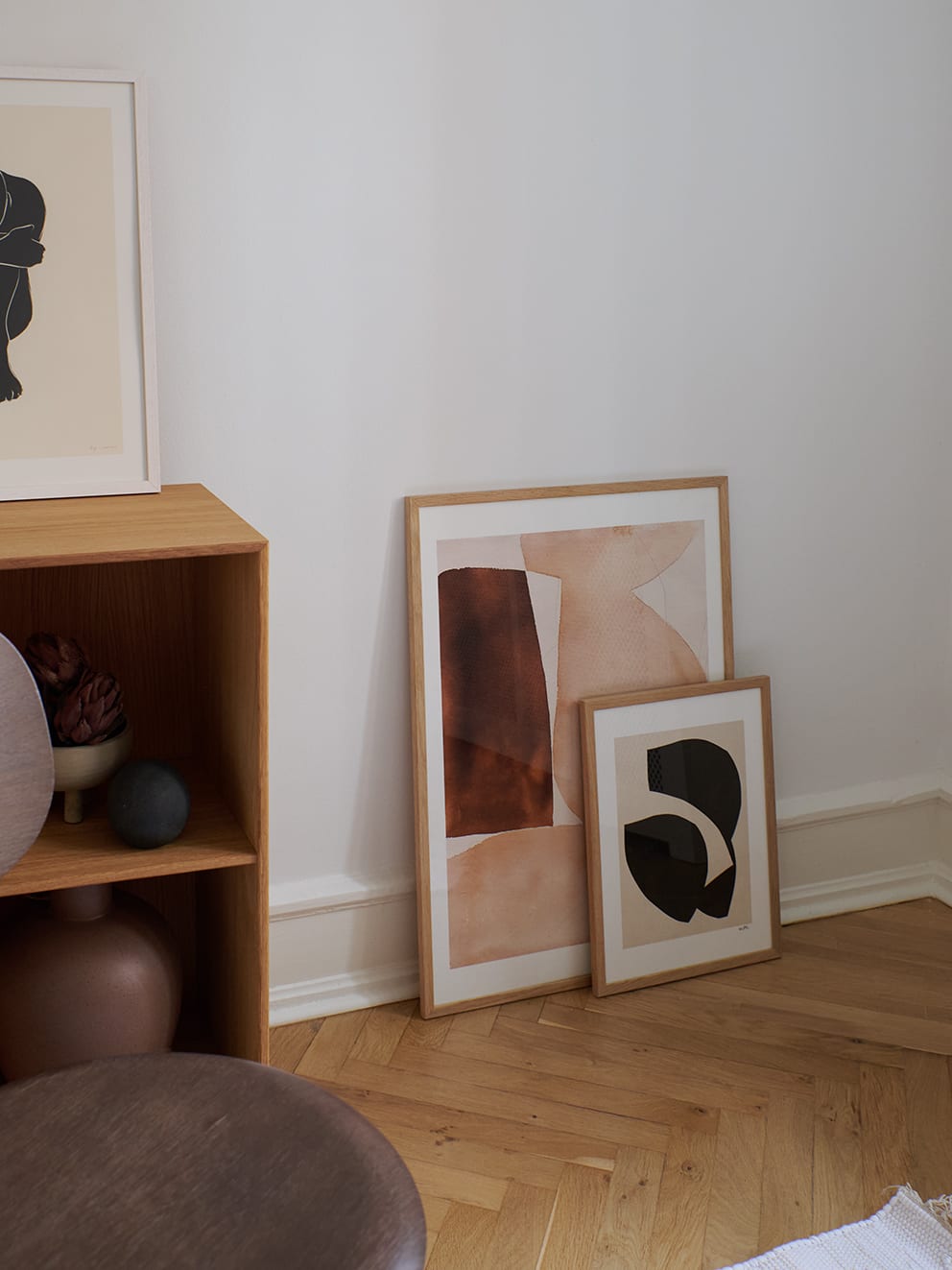
STYLING TIP Do also play around with passepartout to give a different presentation of the art print. Remember to always use acid-free materials as they help preserve the art piece.
A Place In The Sun
One thing to take into consideration when deciding where to place your artwork is the material of the piece and the amount of natural light it will be exposed to.
In the matter of art prints, giclée is a printing technique using pigments rather than soluble dyes. This not only gives a greater diversity in colours and shades, but it also means that a giclée print generally will last for longer. This means that if your giclée piece is framed using acid-free paper and mounting, it will last for years – maybe even decades – even if it is hung in the sunlight.
